Baking salmon can transform an ordinary meal into an extraordinary dining experience, whether you’re hosting a casual family dinner or preparing a romantic evening for two. While there are countless methods to prepare this versatile fish, the debate often centers around one crucial question: Should you bake salmon at 350°F or 400°F? This simple decision can significantly impact the final result, altering everything from texture to flavor. But what truly sets apart a stellar baked salmon dish from an average one? It’s not just about the temperature—it’s about the perfect balance of seasoning, technique, and understanding the nuances of the fish itself. From classic recipes to modern twists, mastering the art of baking salmon can elevate your culinary skills to new heights. In this guide, we’ll explore everything you need to know to create a memorable meal, including the ideal temperature settings, cooking times, and expert tips to ensure your salmon turns out perfectly every time. Whether you’re a seasoned home cook or a kitchen novice, these insights will help you master the art of baking the ultimate classic baked salmon.
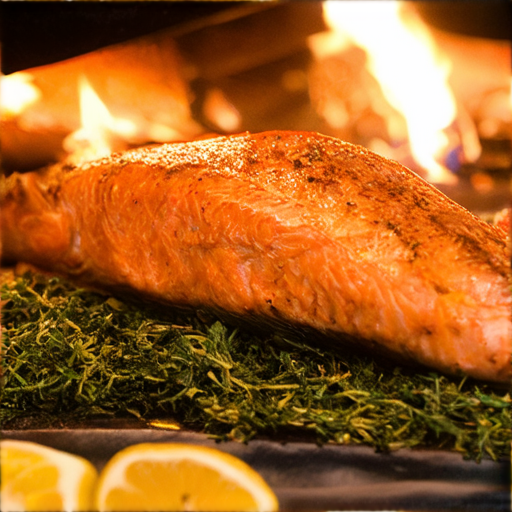
Baking Salmon at 350°F vs. 400°F
When deciding between baking salmon at 350°F or 400°F, several factors come into play, including texture, cook time, and personal preference.
- 350°F: Cooking salmon at this temperature typically takes about 15-20 minutes. This temperature is ideal for achieving a softer, moister texture, especially for thicker fillets. The fat in the salmon helps retain moisture, and the lower heat prevents the exterior from drying out too quickly.
- 400°F: Baking at this higher temperature cooks the salmon faster, taking about 10-12 minutes. This temperature can result in a firmer, more well-done texture, which some prefer. The higher heat may also caramelize the surface slightly, adding a nice flavor note.
Ultimately, the choice depends on your preferred texture and doneness. For a flakier, less-done salmon, stick with 350°F. For a firmer, more cooked texture, opt for 400°F. Both methods work well, so feel free to experiment based on your taste preferences!
How Long Does Salmon Take in the Oven?
The cooking time for salmon in the oven varies based on several factors:
- Size of the Salmon: A 4-ounce salmon fillet typically takes about 15-20 minutes when baked at 375°F (190°C). Larger portions, such as a 6-ounce fillet, may take closer to 18-22 minutes.
- Oven Temperature: Baking salmon at 400°F (200°C) generally takes about 16-18 minutes for a 4-ounce fillet. Lowering the temperature to 350°F (175°C) extends the cooking time to around 20-25 minutes.
- Thickness of the Fillet: Thicker cuts, like a salmon steak, will take longer—around 20-25 minutes at 400°F or 25-30 minutes at 350°F.
- Skin-On vs. Skin-Off: Cooking skin-on salmon can add a few extra minutes, as the skin protects the flesh during cooking.
To ensure your salmon is perfectly cooked, use a meat thermometer to check the internal temperature. For medium-rare, aim for 125°F (51°C), which corresponds to about 15-20 minutes of baking time. For well-done, cook until the internal temperature reaches 145°F (63°C), which takes approximately 20-25 minutes.
For best results, place the salmon on a baking sheet or line it with parchment paper. Optionally, drizzle with olive oil, season with herbs, or glaze with your favorite sauce before baking. Let the salmon rest for a few minutes after baking to allow the flavors to meld.
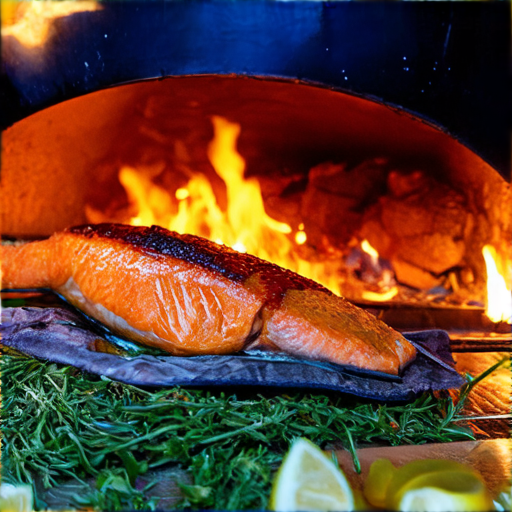
How to Season Baked Salmon
Seasoning baked salmon can elevate your dish to new heights. Here’s a step-by-step guide to creating a flavorful and moist baked salmon meal:
Ingredients
- 1 cup fresh lemon juice
- 1/4 cup olive oil
- 2 tablespoons butter
- 1 teaspoon garlic powder
- 1 teaspoon onion powder
- 1/2 teaspoon smoked paprika
- 1/2 teaspoon dried dill
- Salt and pepper to taste
- Fresh parsley for garnish (optional)
- Optional: Capers, anchovy fillets, or red pepper flakes for added flavor
Instructions
- Preheat Oven: Preheat your oven to 400°F (200°C). Lightly grease a baking sheet or use a non-stick baking dish.
- Prepare Salmon: Place the salmon fillets skin-side down on the prepared baking sheet. If using, place lemon slices, capers, or anchovy fillets on top of each piece.
- Mix Seasonings: In a small bowl, whisk together olive oil, butter, garlic powder, onion powder, smoked paprika, and dried dill. Season with salt and pepper to taste.
- Baste Salmon: Brush the seasoned mixture generously over the salmon fillets, ensuring even coverage. Spoon any excess sauce over the top.
- Bake: Bake for 12-15 minutes, or until the salmon reaches your desired doneness. Check by inserting a fork; it should flake easily.
- Baste Again: After baking, carefully remove the salmon from the baking sheet and gently re-baste with the pan juices to enhance flavor.
- Garnish and Serve: Sprinkle with fresh parsley if desired. Serve warm over a bed of rice, quinoa, or with a side salad.
Tips for Success
- Add a squeeze of fresh lemon juice before serving for a brighter flavor.
- Experiment with different herbs and spices to match your preferred taste profile.
- For a smokier taste, try grilling the salmon instead of baking.
- Pair with a crisp white wine or a bold red wine to complement the dish.
Note:
Always handle raw fish safely by cooking it thoroughly to an internal temperature of 145°F (63°C) or until it flakes easily with a fork.
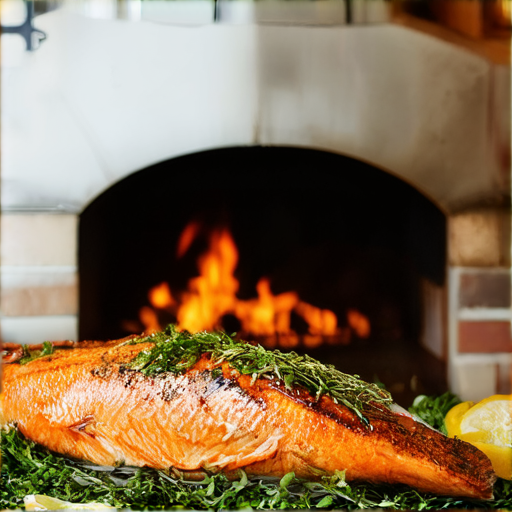
What is the tastiest way to cook salmon?
Cooking salmon can be done in various ways, each offering a unique flavor profile. Here are some of the most delicious methods:
1. Grilled Salmon
Grilling is a classic method that brings out the natural sweetness of salmon. Season with your favorite spices, grill over medium heat, and baste with a lemon butter sauce for a rich finish.
2. Baked Salmon
Baking salmon is a versatile option. Season with herbs and spices, bake at 375°F (190°C), and finish under a broiler for a caramelized crust. Serve with a side of garlic mashed potatoes and steamed vegetables.
3. Steamed Salmon
Steaming preserves the moisture and flavor of salmon. Place it in a steamer basket over boiling water, add lemon and dill, and steam until cooked through. Serve with rice or quinoa for a healthy meal.
4. Pan-Seared Salmon
For a flavorful pan-seared salmon, heat a skillet over medium-high heat, add olive oil, and sear the salmon skin-side down. Flip after 3-4 minutes, then finish in the oven or under a broiler. Serve with a creamy sauce or roasted vegetables.
5. Smoked Salmon
Smoked salmon is a deli-style option perfect for appetizers. Pair it with cream cheese, capers, and baguette slices for a classic bruschetta experience.
Each cooking method offers a distinct taste, so choose based on your preferred texture and flavor preferences. Experiment with different seasonings and sides to discover your personal best way to enjoy salmon!
Gordon Ramsay’s Perfect Salmon Recipe
To cook salmon perfectly, follow these steps for a restaurant-quality dish:
Ingredients:
- Salmon fillets
- Extra virgin olive oil
- Butter
- Garlic
- Lemon
- Salt and freshly ground black pepper
- Heavy-bottomed pan or skillet
Instructions:
- Preheat Pan:** Heat a heavy-bottomed pan or skillet over medium-high heat. Add a small amount of olive oil or butter.
- Seer Salmon Skin Side Down:** Place the salmon skin side down in the pan. Cook for about 4-5 minutes until golden brown. Press firmly with a spatula to ensure even contact and prevent sticking.
- Flip and Finish:** Flip the salmon flesh side up and cook for an additional 3-4 minutes. Remove from the pan and let it rest for 2-3 minutes before slicing.
- Add Flavor:** While the salmon is cooking, sauté minced garlic in the pan for 30 seconds. Add a tablespoon of butter and mix until melted. Squeeze lemon juice over the salmon and sprinkle with salt and pepper to taste.
- Plate and Serve:** Transfer the cooked salmon to plates and garnish with lemon wedges, parsley, or your preferred herbs. Serve immediately for the freshest flavor.
For the best results, ensure your pan is properly preheated and not overcrowded. Cooking salmon in a hot pan with enough space allows it to sear evenly without steaming. This technique guarantees a perfectly cooked salmon every time!
Looking for more seafood inspiration? Check out our salmon recipes collection for more culinary delights.
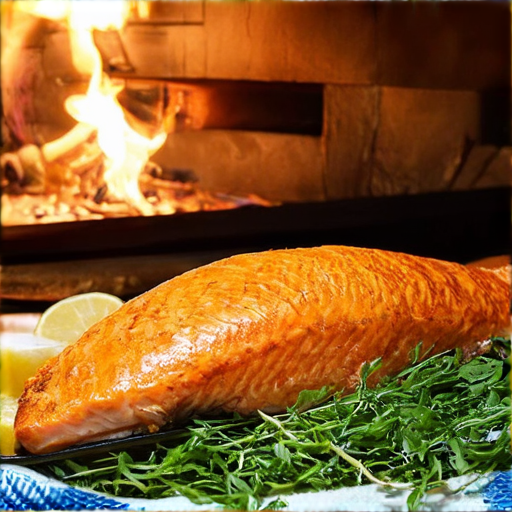
The Secret to the Best Salmon
We believe the key to achieving the perfect salmon lies in combining precise technique with fresh ingredients. At [Your Brand], we specialize in crafting delicious seafood recipes that elevate every meal. Whether you’re a seasoned cook or new to the kitchen, our guide will help you master salmon like a pro.
Step-by-Step Guide to Cooking Perfect Salmon
- Seasoning:** Start by generously seasoning your salmon with a mix of salt, pepper, and your favorite herbs or spices. Lemon zest, dill, or paprika are excellent choices for adding depth to the flavor.
- Cooking Method:** We recommend using a skillet for searing, as it creates a crispy exterior while keeping the flesh tender. Heat a tablespoon of oil over medium-high heat until it shimmers.
- Searing Technique:** Place the salmon skin-side down in the skillet and press gently with a fish spatula to ensure even contact with the pan. This step ensures the skin stays crisp and prevents it from curling.
- Cooking Time:** Cook for 4-5 minutes on each side, or until the internal temperature reaches 145°F. Use a meat thermometer to check doneness for optimal safety and texture.
- Plating:** Serve immediately with a drizzle of lemon juice, a sprinkle of fresh parsley, and a side of your choice. Our recommended pairings include garlic butter sauce, herb-infused rice, or a refreshing ceviche salad.
Expert Tips for Success
- Use Fresh Ingredients:** The quality of your ingredients significantly impacts the final result. Opt for wild-caught salmon for its richer flavor and better fat distribution.
- Don’t Overcook:** Salmon becomes dry and flaky when overcooked. Aim for medium-rare to maintain its tender texture and juicy center.
- Experiment with Variations:** Try different seasonings and cooking methods to discover your personal favorite. From teriyaki to herb-crusted, the possibilities are endless.
Conclusion
Cooking the best salmon isn’t just about following a recipe—it’s about understanding the techniques and ingredients that bring out its natural flavor. By mastering these steps and tips, you’ll be able to create a memorable meal that impresses family and friends alike. Visit our seafood cooking techniques page for more expert advice and explore our collection of gourmet recipes for further inspiration.

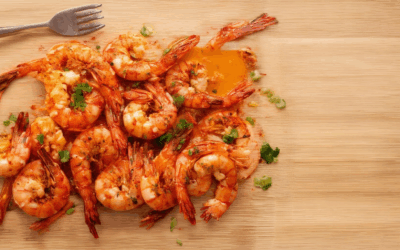
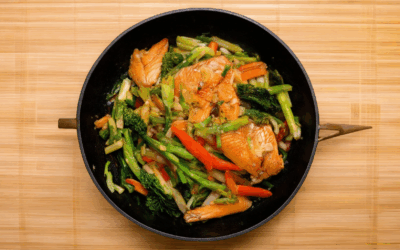
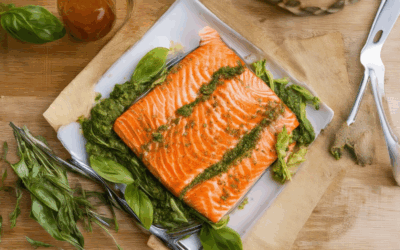
0 Comments